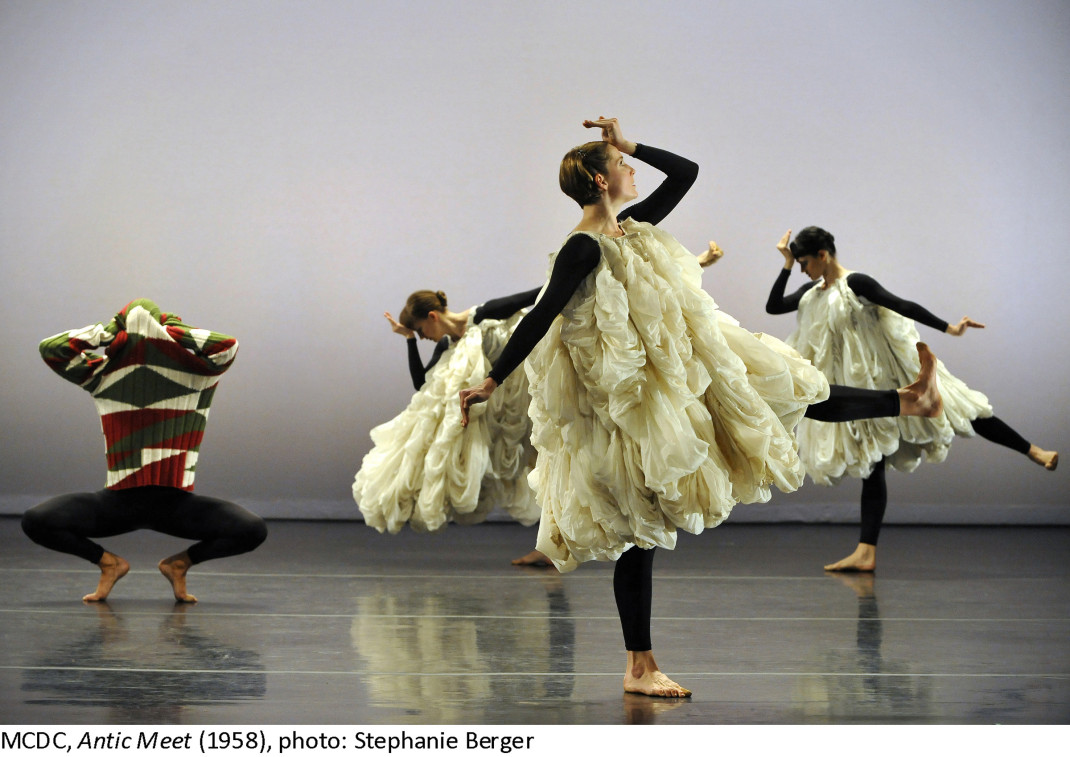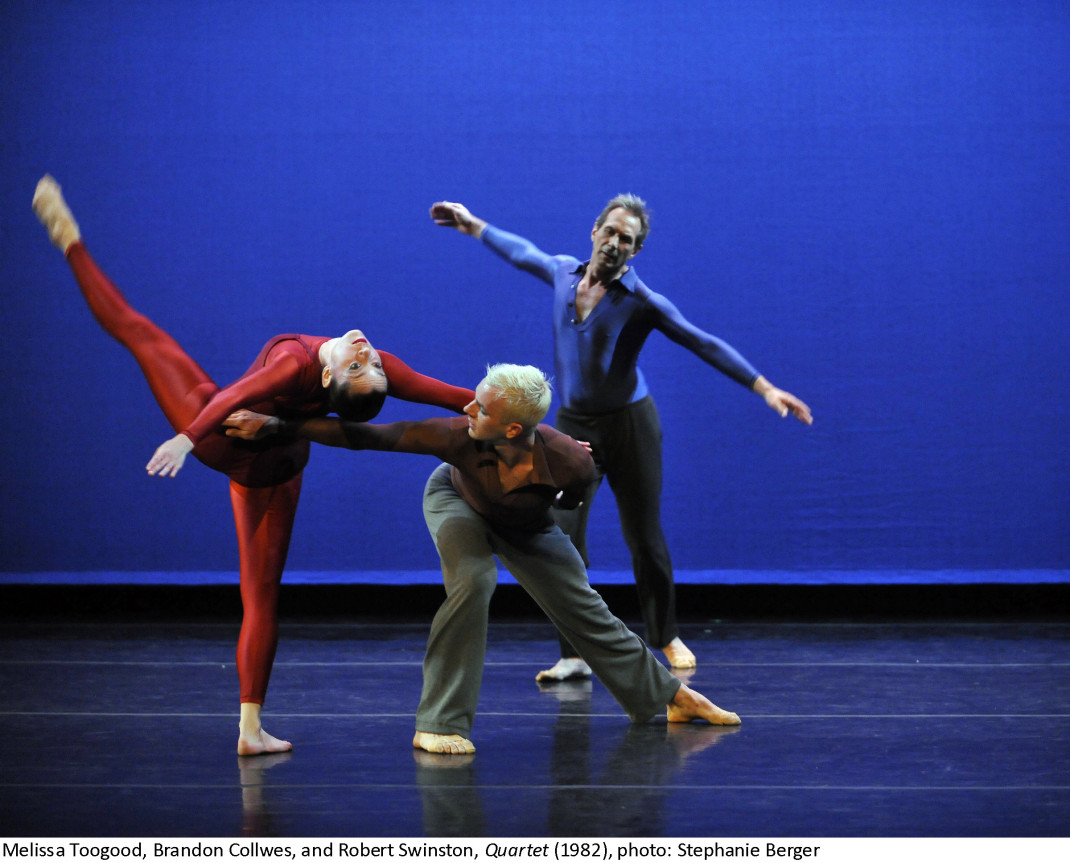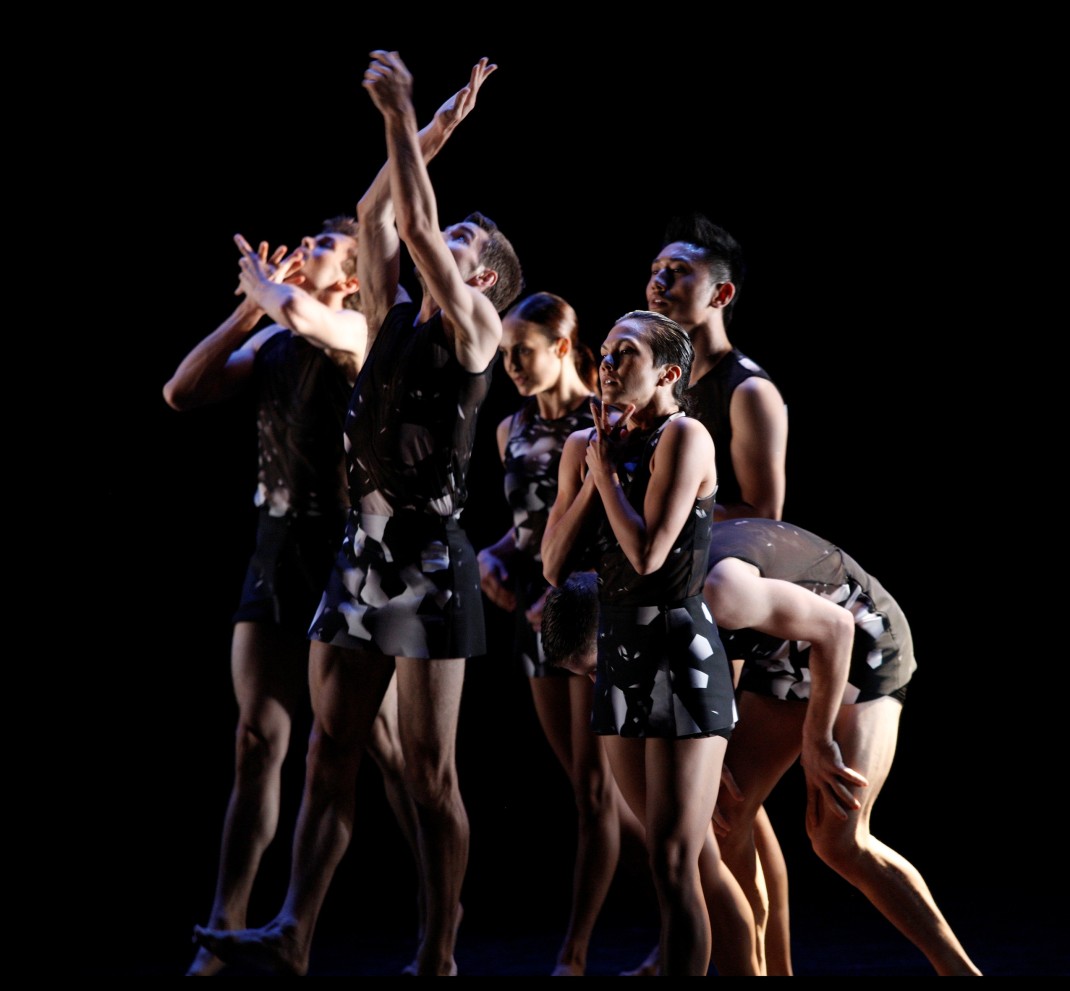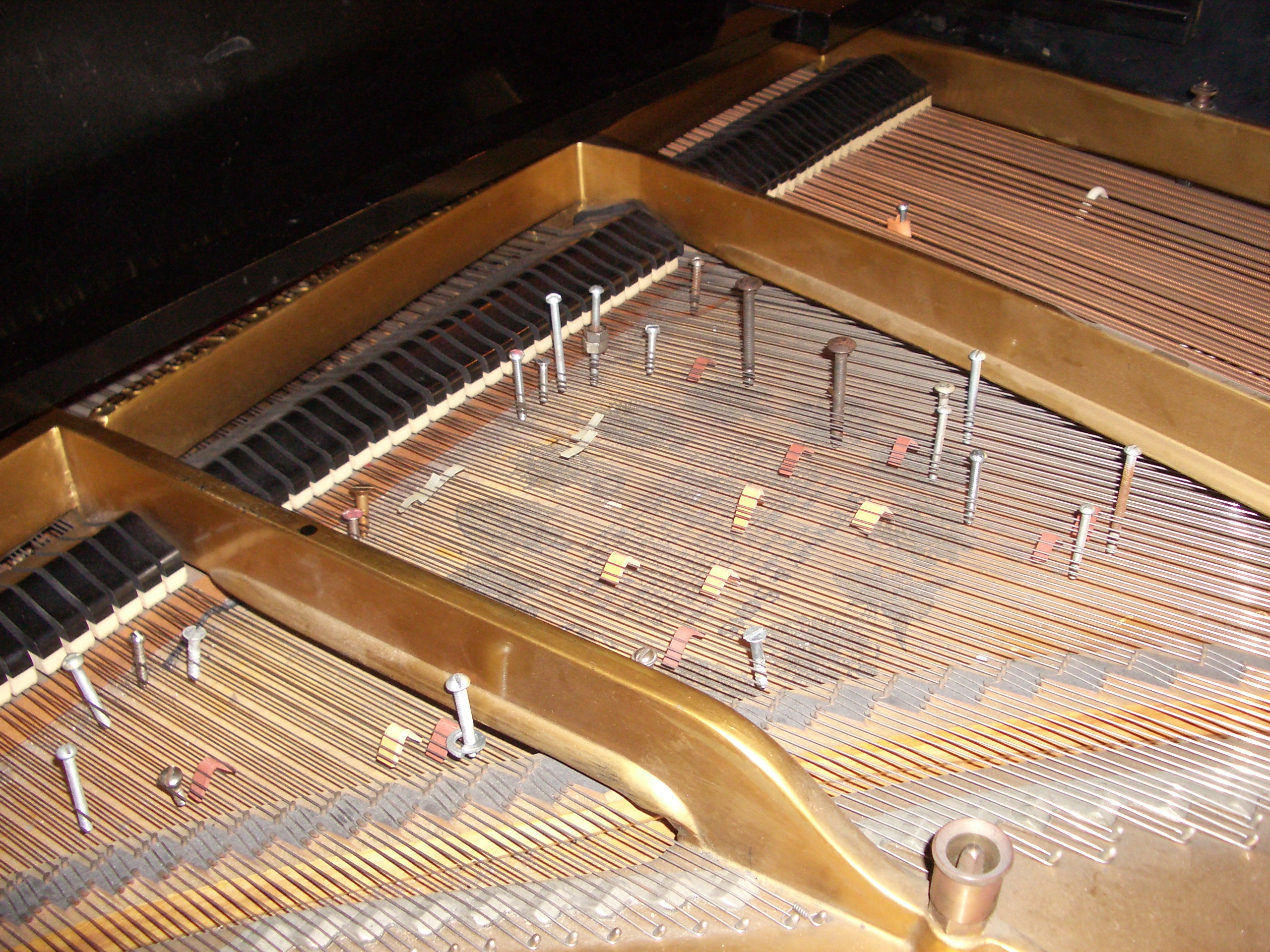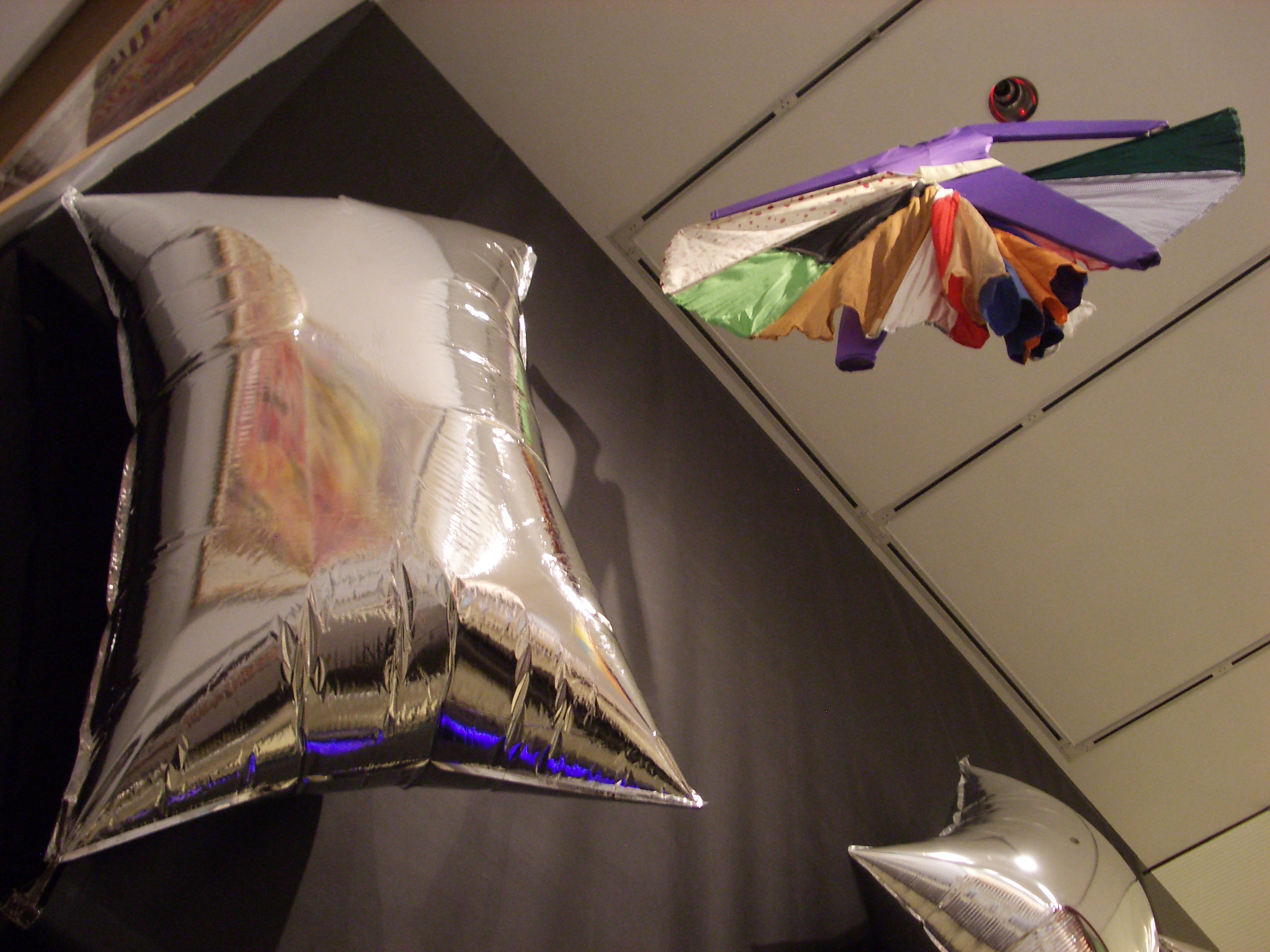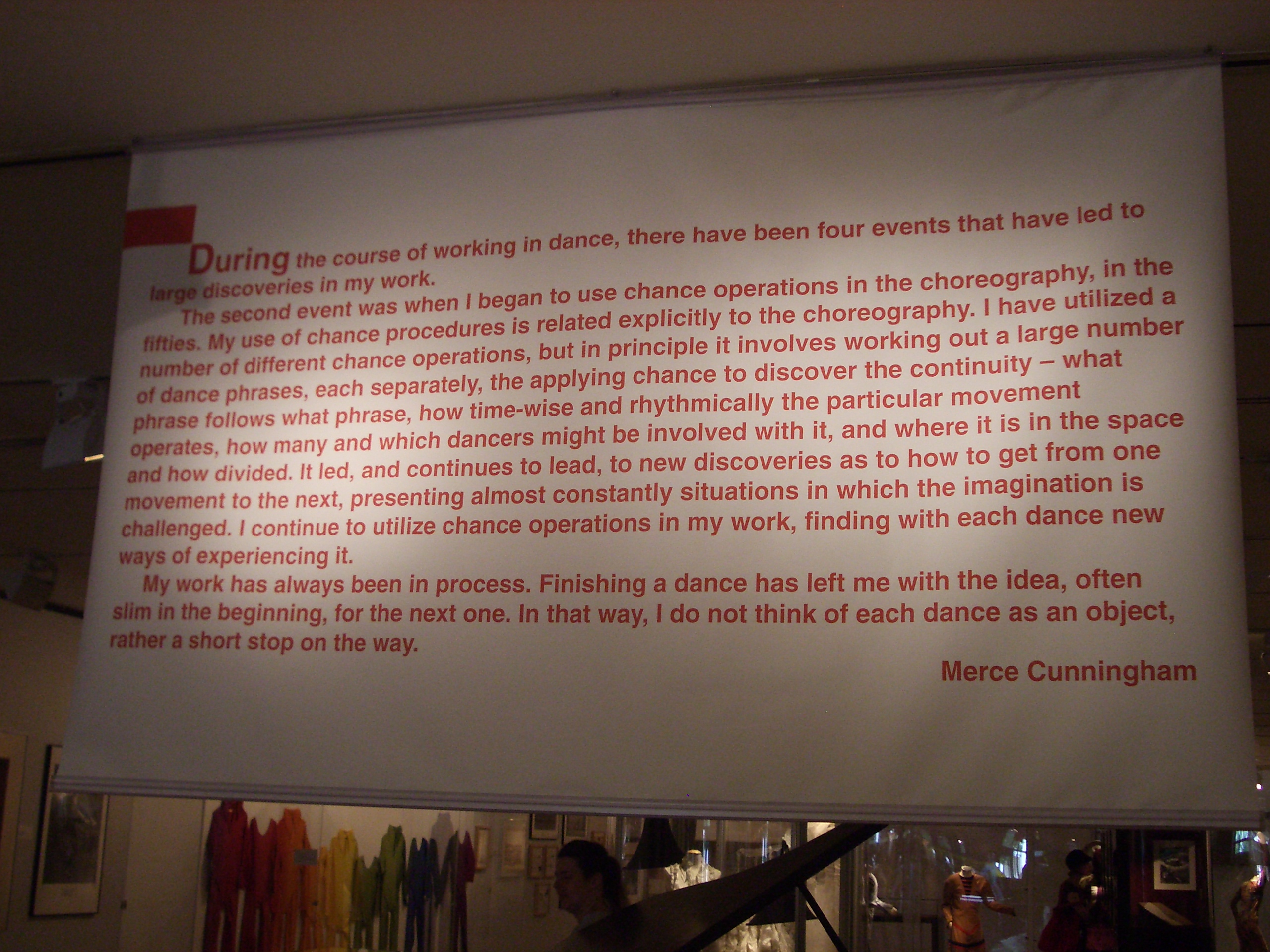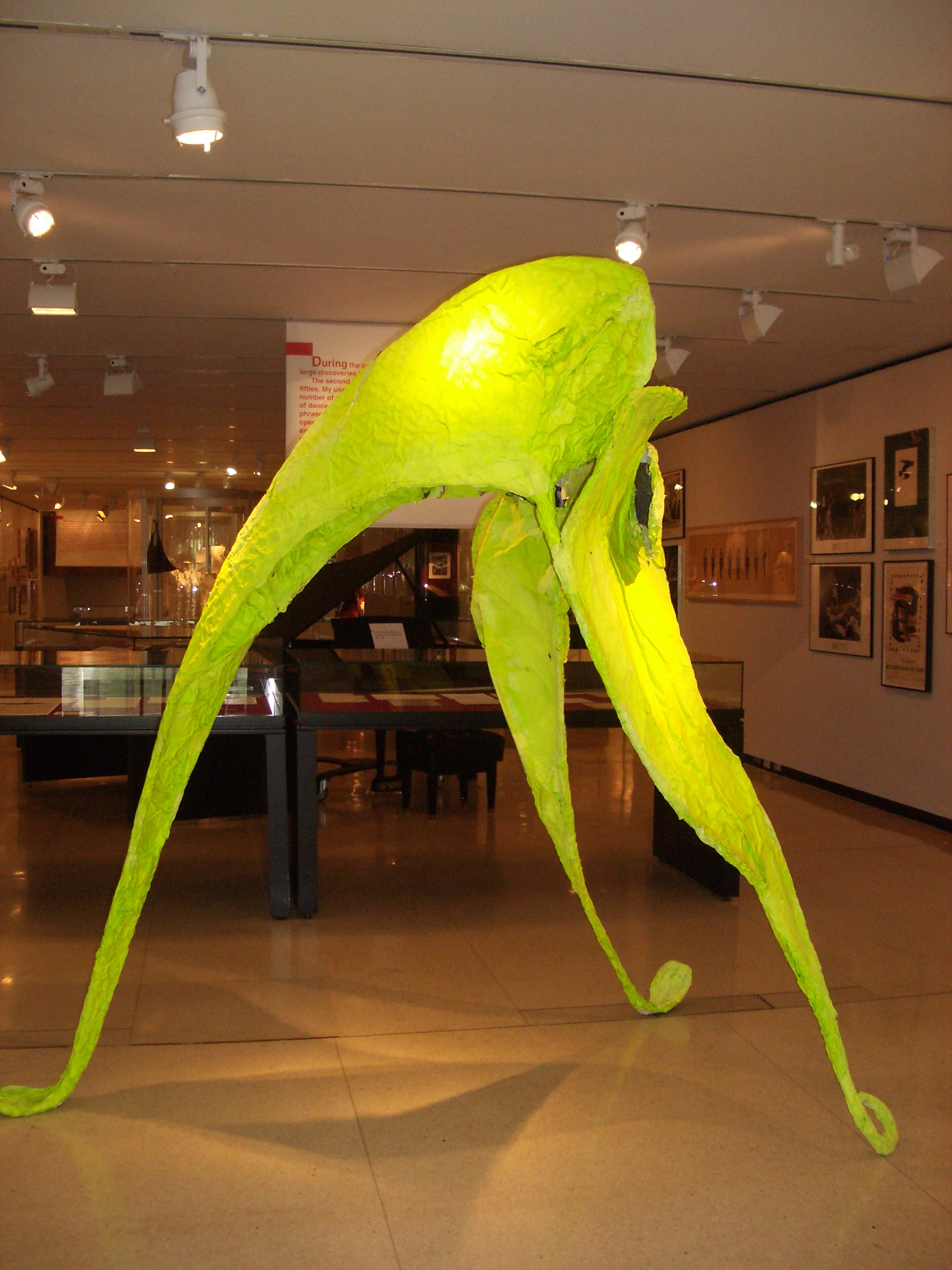Most publicity related to the recent Paris Opera Ballet season of Anne Teresa de Keersmaeker’s Rain comments that the Belgian choreographer thought long and hard about having her work enter the repertoire of the Paris Opera Ballet. Would she or would she not agree to Brigitte Lefèvre’s request? Her vocabulary is just so different from that at the heart of the Paris Opera Ballet.
Reading these comments I thought about Merce Cunningham’s exquisite Summerspace entering the repertoire of New York City Ballet in 1966 and recalled that some Cunningham dancers say they sat in the theatre on opening night and cried as they watched it. I have never seen de Keersmaeker’s own company dancers perform Rain so I have no idea whether what I saw by the astonishing dancers of the Paris Opera Ballet would have induced tears in others. However, I know what reactions it elicited in me. Probably for the first time in my dance going career I felt that there was a real and palpable cross fertilisation between music and dance and that the design also contributed in its own way, all components advancing for me the simple idea of there being detail in detail.
Rain is danced to a score by Steve Reich, Music for eighteen musicians, pour ensemble avec voix, written in 1976, and the activity in the pit (and I had a seat close enough to have an excellent view of the musicians) was almost as good as what was happening on stage. The musicians of Ensemble Ictus and Synergy Vocals worked relentlessly to produce the sound just as the dancers worked relentlessly to put the choreography before us. Some, like the violinist, played pretty much constantly for the entire 70 minute piece, others occasionally changed positions in the pit or moved to play a different instrument. It looked as choreographed as the dance it accompanied.
From a dance point of view the work was full of the runs and falls, the off-centre leaning, the kicks of the legs, the pivots that we might expect of de Keersmaeker’s brand of dance. But the whole was beautifully arranged. Take the off-centre leans. They featured early in the piece but were picked up again towards the end of the work and repeated with arms lifted high rather than by the side. Devices of this kind featured throughout and gave the work a strong and logically organised internal structure within a seemingly random array of individualistic dance moves. The ten dancers, three men and seven women, demonstrated the innate ability that the Paris Opera Ballet dancers have to articulate movement in different parts of the body. Just as every note of music and every small change could be heard clearly, every minute change of movement had the essential clarity needed to make de Keersmaeker’s choreography detailed rather than seemingly repetitive
Danced within a large semi-circle of suspended ropes designed and lit by Jan Versweyveld, the work began and finished theatrically with the dancers appearing first and last to us as shadows behind the rope circle. At times throughout the piece they moved to the front of the stage and smiled out to us, inviting us to share what seemed to be a joyous experience.
Costumes by Dries van Noten were made of light fabric initially in honey shades. They moved freely and consisted of simple skirts and tops or shift-style dresses for the women and pants and shirts for then men. Like the music and the choreography they too underwent small changes. A light honey brown skirt was changed to a rose one; a pale T shirt became a fuschia coloured one; a light dress became magenta; until at the end all changes had changed again back to the honey shades of the beginning.
It was done without fuss and without excess. And it was simply beautiful.
Michelle Potter, 11 June 2011
